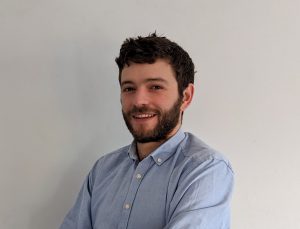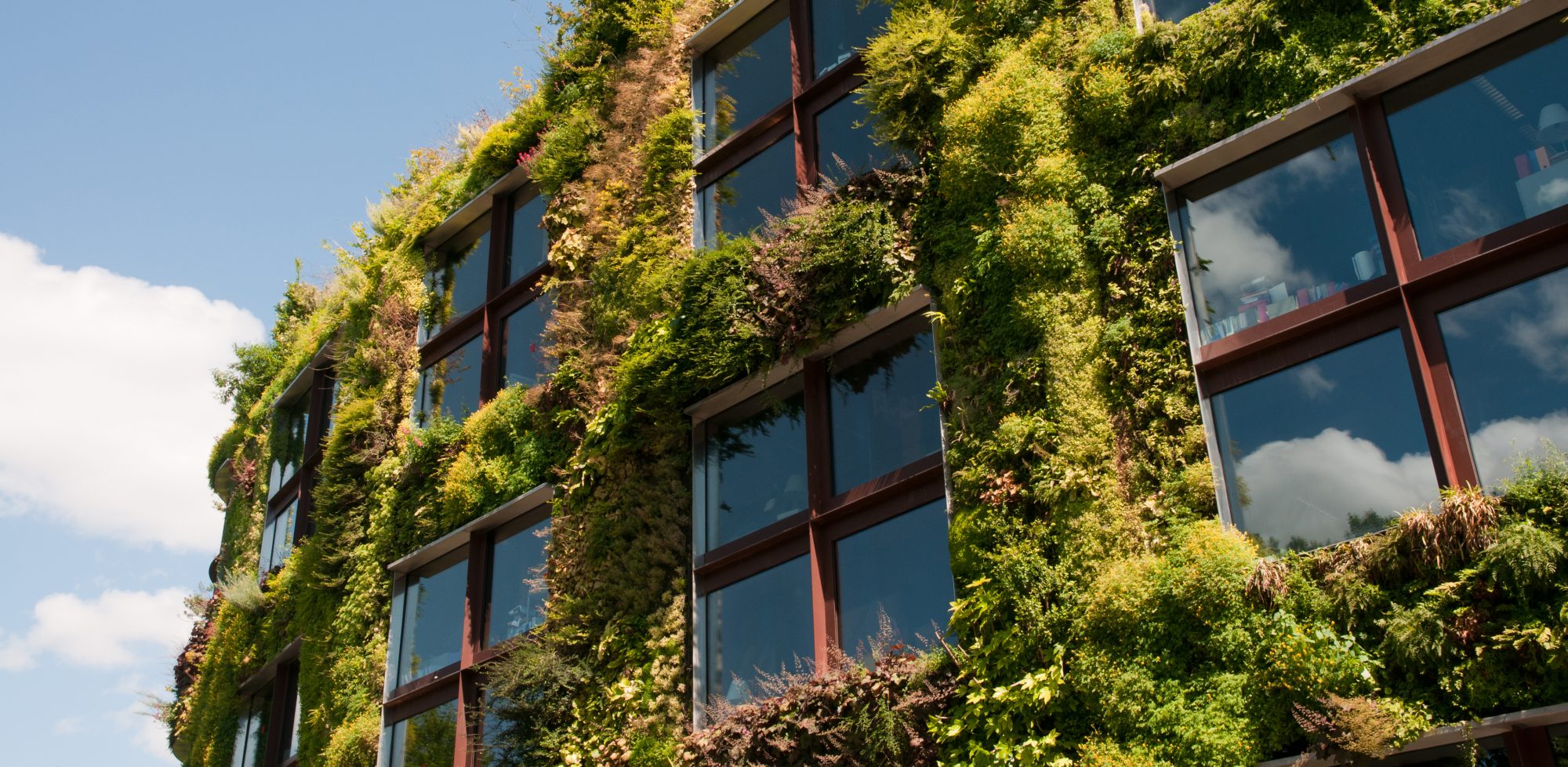Digital Innovation is the Step Change Needed for Organisations to Understand the Value of Natural Capital – by Michael Aquilina
Understanding and measuring natural capital is a key part of organisations accounting for their environmental, social, and economic impacts. Michael Aquilina, Senior Environmental Consultant at AECOM explains the latest technological innovations in data collection and how they increase understanding.
When organisations, including businesses, understand the value of natural capital, they can be truly accountable for their impacts. By understanding these impacts better, organisations can take account for them in their decision making, and deliver more sustainable outcomes and help to tackle climate change and biodiversity loss.
Since 2019, AECOM, alongside the Lifescape Project, landowners Roger and Emilia Leese and the University of Cumbria, has been spearheading new technologies and data collection to better understand natural capital through the 100-acre Natural Capital Laboratory (NCL) in the Scottish Highlands. It’s a living testbed for undertaking experimental techniques to quantify, measure, and communicate environmental and social change, including re-wilding and habitat restoration. Methods include the use of drones, remote sensing, virtual reality, camera traps, audio moths and much more.
The scale and complexity of data gathered at the NCL aims to showcase the changes on site which is subsequently enabling potential solutions to be created to tackle environmental issues. This unique 5-year project has more than 60 specialist team members drawn from across NCL partners, bringing together expertise in rewilding, natural capital, ecology, water, landscape management, remediation, environmental impact assessment, acoustics, geospatial and data services, VR, and stakeholder engagement.
Each year new teams are invited to submit a proposal to identify areas where advanced technologies could be used for environmental projects to deliver cutting edge scientific research. Now in our fourth year, work on site has included:
- Digital natural capital accounting tool: Over five years, we will capture the data in a digital natural capital account. This platform stores and correlates different elements of the environmental data from soil or water quality to species abundance, and carbon sequestration and storage measurements. The findings are also supported by GIS data, audio, videos, virtual reality, and time lapse footage. All this information is available to view in the publicly available online platform .
- Remote sensing: Artificial intelligence (AI), drone technology, earth observation data, GIS data, are being used to increase the accuracy of tracking the live environment at the NCL and reduce the cost of acquiring and analysing data. AECOM developed a carbon model at the NCL, which estimates the carbon stocks rates of trees across the site. This provides a more accurate picture and understanding of the role trees play in the carbon removal.
- Baseline fungal survey: David Satori of Rewilding Mycology, undertook a baseline fungal survey to explore the diversity of fungi on site. Fungi are staggeringly underrepresented in conservation and biodiversity frameworks, which has resulted in a poor translation into policy and an undervaluing of their importance. This is despite fungi being the most threatened taxonomic group in the UK. They are responsible for the provision of a large array of ecosystem services, in particular nutrient cycling, soil fertility, carbon sequestration and can be a key indicator of habitat condition. Altogether 159 species were identified, including the Dusky Bolete which is considered Near Threatened by the IUCN Red list, and a list of strategies for enhancing the site’s fungal diversity has also been developed. The findings recommended that the NCL adopts the 3Fs terminology of flora, fauna, and fungi for the purposes of the NCL’s biodiversity framework
- Missing species: Building on the rewilding aspects of the project, the Lifescape Project and Alan Watson Featherstone undertook an exploration into missing species on site. This report was informed by the baseline habitat and species surveys undertaken on site in first two years and cumulated in listing nine priority species for reintroduction (5 flora species, 4 fauna)
- Air eDNA: One of the most novel workstreams in the third year of the project focused on working with NatureMetrics to pilot a new technique that is receiving increasing attention: collection of air samples as a source of eDNA. It has been noted that this method has the potential to be an efficient and cost-effective way to undertake large scale routine monitoring of biodiversity. NatureMetrics and the NCL team undertook a proof of concept test to explore the suitability of this novel method for identifying species on site. It should be stressed this technology is still in its infancy in comparison to soil and water eDNA methods, and needs further refinement and testing, however it did identify 132 fungi types on site.
- Peatland restoration: Extensive peatland surveys were undertaken to understand the quantity and quality of peatland on site. The work identified an extension in the area of peatland and a better understanding of the condition of the peatland, which is generally in poor condition due to past tree planting activities which draw up water and remove peat. This extensive baselining has meant the project is now in a position to restore the peatland on site.
- Soil surveys: The aim of this work was to describe the baseline condition of the soils at the NCL for the purpose of monitoring the effects of rewilding on soil quality. Baseline conditions have been defined by key physical and chemical properties that can be linked to soil quality in a UK forestry context. These soil quality indicators were selected so that future quantification of ecosystem services delivered by soil on site could be explored. Soil ecosystem services is an area of growing interest and there is still very little known about the supporting role soil plays in terms of ecosystem functionality and productivity, such as through soil carbon storage
The NCL is a unique project at whose heart are real-world nature-based solutions that will help us to explore how we can manage the land to help tackle the climate and biodiversity crises. Learn more about the NCL here: https://aecom.com/uk/natural-capital-laboratory/
 Michael Aquilina
Michael Aquilina
Michael Aquilina is a Senior Environmental Consultant in AECOM’s Natural Capital and Environmental Net Gain team, helping clients bring nature into the heart of their decision-making. Michael is passionate about combining digital innovation and nature-based solutions to deliver solutions to address society’s two most pressing crises, the climate and biodiversity crises. He is also part of the project management team for the award-winning Natural Capital Laboratory (NCL), where he oversees the technical workstreams delivering practical and technological solutions to rewild the 100 acre site.
Blog posts on the CIEEM website are the views and opinions of the author(s) credited. They do not necessarily represent the views or position of CIEEM. The CIEEM blog is intended to be a space in which we publish thought-provoking and discussion-stimulating articles. If you’d like to write a blog sharing your own experiences or views, we’d love to hear from you at SophieLowe@cieem.net.
